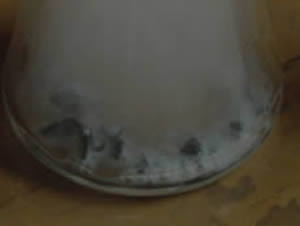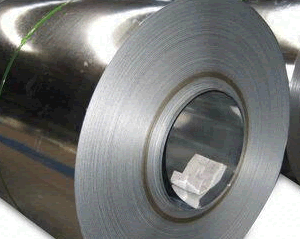Manufacture of ammonium sulfate fertiliser and phosphate fertiliser
Sulfuric acid reacts with ammonia to form ammonium nitrate according to the equation below. Ammonium nitrate is used as a fertiliser.
2NH3(g) + H2SO4(aq) => (NH4)2SO4(aq)
Sulfuric acid converts insoluble calcium phosphate, in phosphate rock, to mixtures of soluble compounds that are available for plant uptake. The mixtures are crushed and used as superphosphate fertilisers
Ca3P(O4)2(s) + 2H2SO4(aq) + 4H2(l) => Ca(H2PO4)2(s) + 2CaSO4.2H2O(s)
The mixture of Ca(H2PO4)2 and 2CaSO4.2H2O is known as superphosphate.

Dehydrating agent
Sulfuric acid is used as a drying agent in the manufacture of explosives, dyes and detergents and it brings about condensation reactions in the production of polymers, and esters
Concentrated sulfuric acid is used to remove the water from sugar according to the equation below.
C11H22O11(s) => 12C(s) + 11H2O(g)

Oxidising agent
Concentrated sulfuric acid is used as a strong oxidant. Depending on the temperature of the acid and the strength of the reductant we can obtain sulfur dioxide (SO2), hydrogen sulfide (H2S) or sulfur (S).
Zn(s) + 2H2SO4(aq) => ZnSO4(aq) + 2H2O(l) + SO2(g)
Dilute sulfuric acid, like all other strong acids, forms hydrogen gas and a salt when it reacts with a metal, as shown on the right.
Zn(s) + 2H2SO4(aq) => 2H2(g) + ZnSO4(aq)

Strong acid
Sulfuric acid acts as a diprotic acid, since under the right conditions, it can donate two protons.
Step 1- H2SO4(l) + H2O(l) ==> HSO4-(aq) + H3O+(aq)
Step 2- HSO4-(aq) + H2O(l) <==> SO42-(aq) + H3O+(aq)
Sulfuric acid is a strong acid and step 1 proceeds to completion. However step 2 is only partially completed.
The dilution of
concentrated sulfuric acid produces an exothermic reaction. Sulfuric acid must always be added slowly to cold water when dilution is required. The danger of being splattered with sulfuric acid exists if water is added to sulfuric acid.
Its property as a strong acid is put to use in the cleaning of iron of surface oxide before it is galvanised.

Write the ionic equation to the reaction between sulfuric acid and iron oxide. The overall equation is shown below.
Fe2O3(s) + 3H2SO4(aq) => Fe2(SO4)3(aq) + 3 H2O(l)
solution.